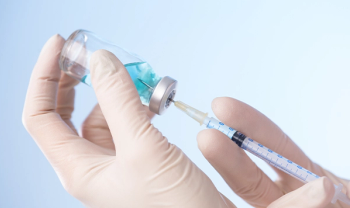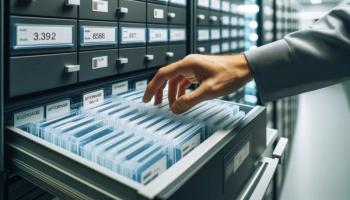
Spending growth slows again
A slowing of the growth in use of healthcare goods and services contributed to a second year of slow health spending growth in 2010, according to federal analysts. A number of factors combined to make 2009 and 2010 the two slowest growth rates in 51-year history of National Health Expenditure Accounts estimates.
A slowing of the growth in use of healthcare goods and services contributed to a second year of slow health spending growth in 2010, according to federal analysts. They say persistently high unemployment, a substantial loss of private health insurance coverage, lower median household income, and the burden of increased cost sharing led people to forgo care or seek less expensive treatment options.
U.S. healthcare spending grew 3.9% in 2010 following record slow growth of 3.8% in 2009; the two slowest rates of growth in the 51-year history of the National Health Expenditure Accounts (NHEA), says Micah Hartman, a statistician with the National Health Statistics Group, which is part of the Centers for Medicare and Medicaid Services.
“From 2007 to 2009, total personal healthcare spending grew at an average annual rate of 5%, while medical prices increased at 2.7%, population growth at 0.9%, and all other factors including use and intensity increased at 1.4 %,” he says. “In 2010, total personal healthcare spending increased 3.7%, with medical prices increasing at 2.7%, population increasing at 0.8 percent, and all other factors increasing just 0.1%.”
The extraordinarily low growth in all other factors including use and intensity in 2010 (at 0.1%) was due in part to slower growth in certain types of hospital procedures, slower growth in the number of prescriptions dispensed, and a decline in the number of physician office visits, according to Hartman.
“This indicates that the most recent recession that officially ended in 2009, appears to have continued to impact personal healthcare spending growth in 2010,” he says. “Slower growth in certain types of hospital procedures, slower growth in the number of prescriptions dispensed, and a decline in the number of physician office visits, partially drove the slowdown in private health insurance benefits growth in 2010.”
Additional factors that contributed to slower growth in private health insurance premiums growth in 2010 include a decline in enrollment, increased cost sharing for enrollees, and a shift by some enrollees to plans with lower annual premiums.
Highlights of the report include:
- Private businesses spent $534.5 billion on healthcare in 2010, or 21% of the nation’s total healthcare bill. Their share has gradually decreased since 2001, when it was 25%.
- Households spent $725.5 billion on health in 2010. This amount accounted for 28% of national health spending, a historic low.
- Consumer out-of-pocket payments, which grew 1.8% in 2010, financed about two-fifths of all household spending on healthcare.
- About 45% of the nation’s health bill was financed by federal, state and local governments in 2010.
- The federal share of healthcare spending rose to 29% in 2010 ($742.7 billion), up from 23% in 2007. This was partly because of increasing Medicaid enrollment and enhanced federal matching rates mandated under the American Recovery and Reinvestment Act of 2009.
Newsletter
Get the latest industry news, event updates, and more from Managed healthcare Executive.






















































